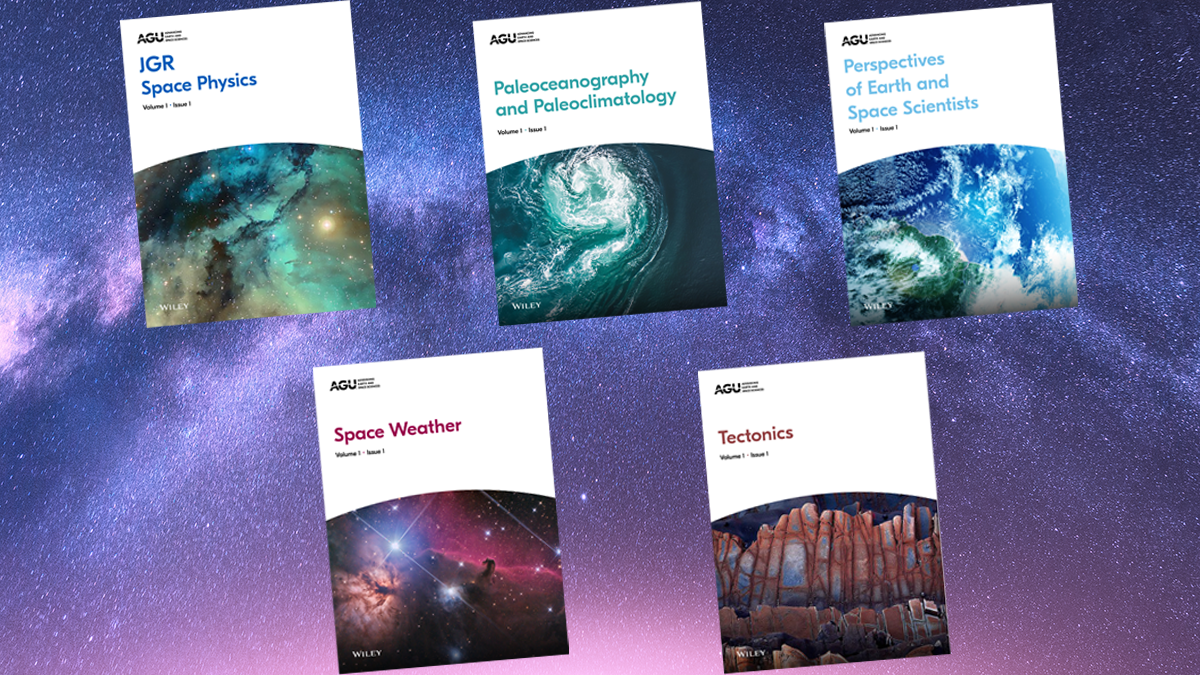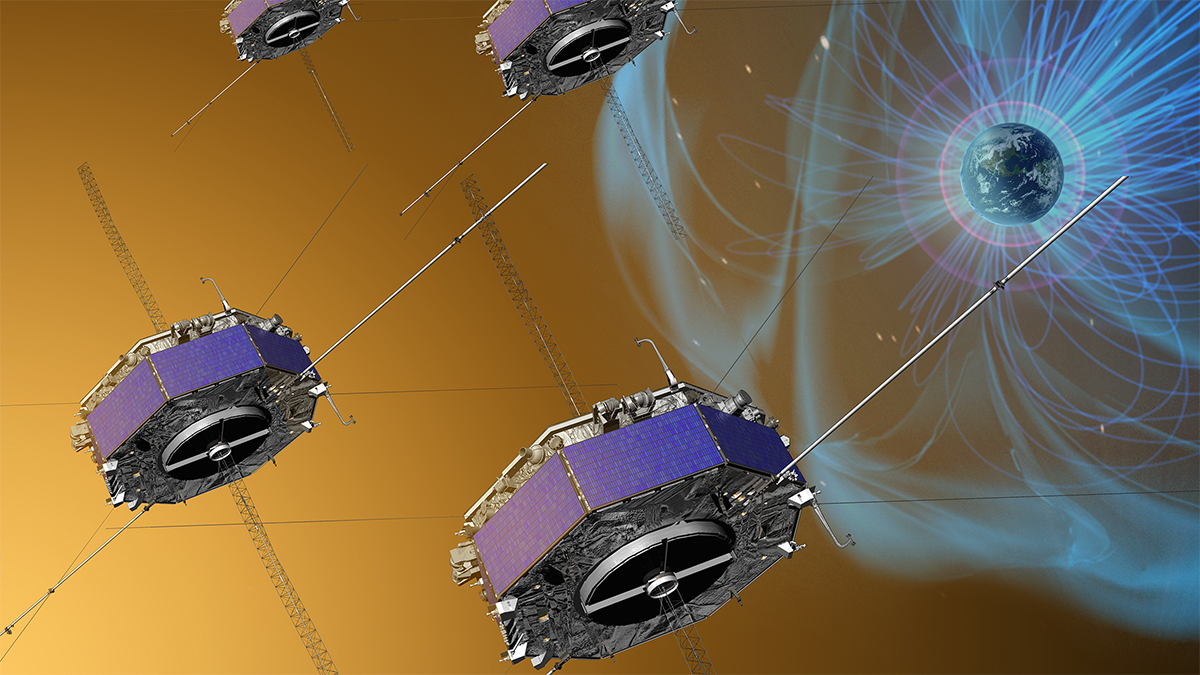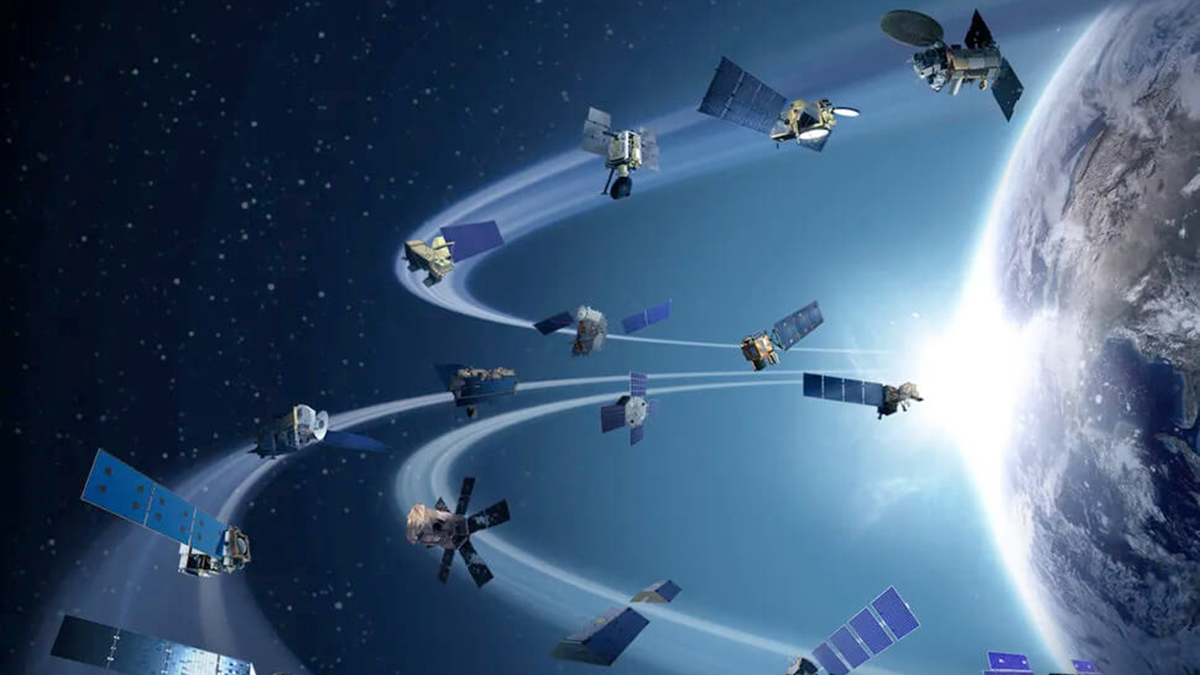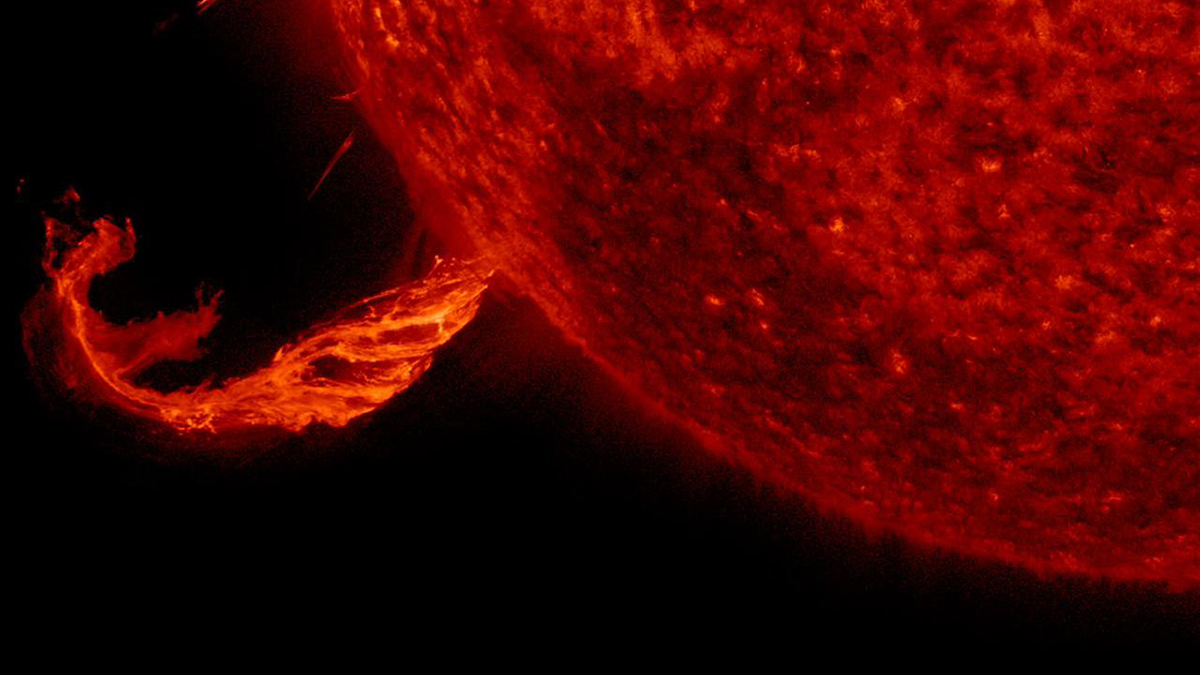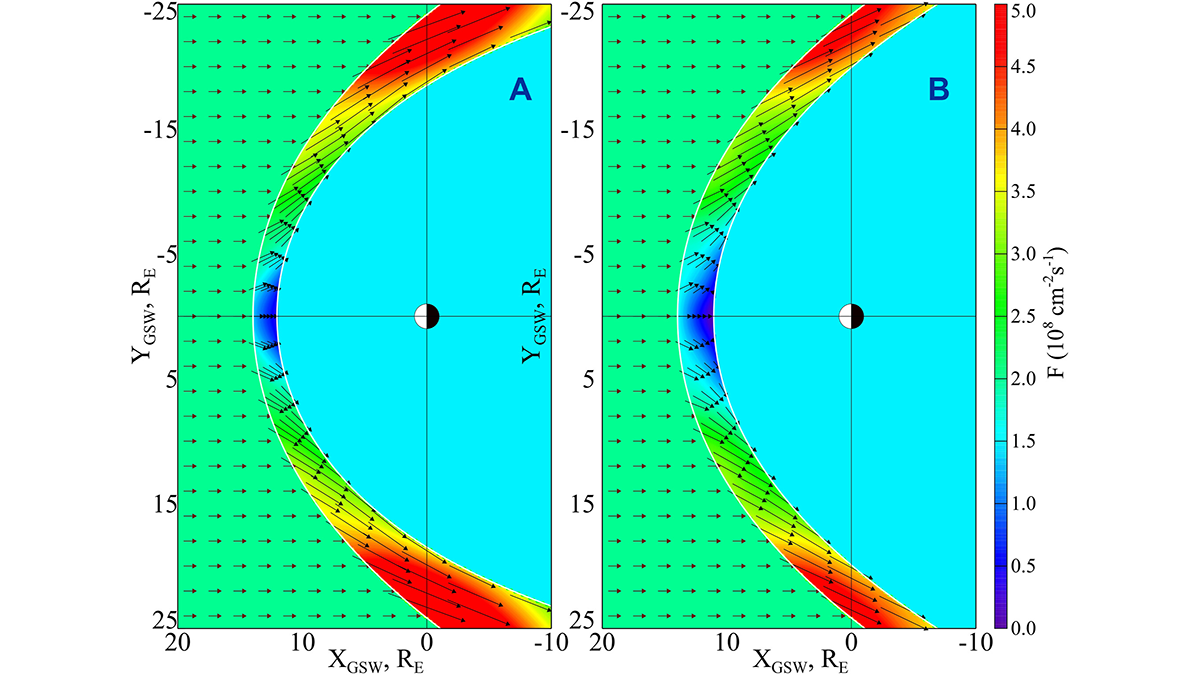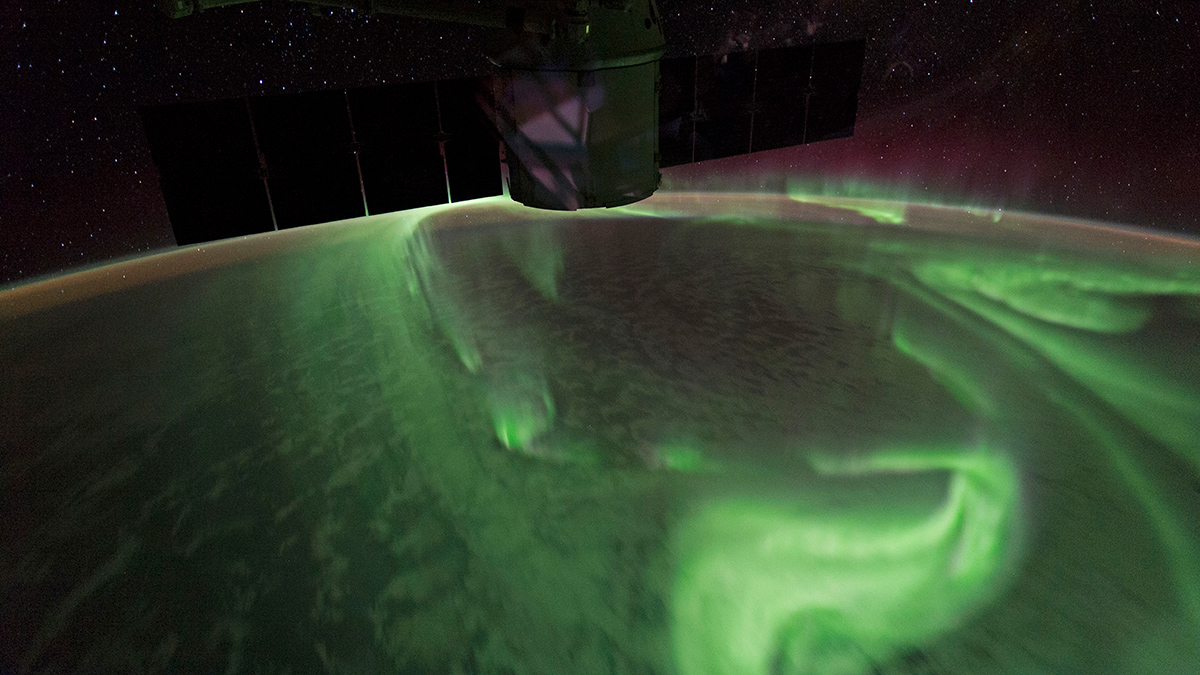A long-term study of MeV electron burst events detected in the inner radiation belt and slot region was used to determine the electron belt decay times.
Journal of Geophysical Research: Space Physics
Announcing New AGU Journal Editors-in-Chief Starting in 2026
AGU is excited to welcome new Editors-in-Chief for five of our journals in 2026.
Magnetic “Switchback” Detected near Earth for First Time
Until recently, this type of zigzag shape—formed by energetic rearrangement of magnetic field lines—had been seen only near the Sun.
JGR: Space Physics Launches New Instrumentation Article Type
JGR: Space Physics welcomes new and original developments in instrumentation including novel experimental methodologies that are relevant to space physics.
Why Subsequent ICMEs are More Geoeffective
A new study demonstrates how an interplanetary coronal mass ejection (ICME) clears the path for following transients and explains why subsequent ICMEs are more geoeffective.
New Empirical Model of the Flux in the Magnetosheath
A new study presents a model that reconstructs the plasma flux in the Earth’s magnetosheath.
Radar Reveals Electrical Activity in the Ionosphere
A new method could improve understanding of communication disruptions.
Blasts from the Past: New Insights from Old Space Storms
Reassessment and comparison of past space weather events highlight the potential for Earth to experience destructive geomagnetic disturbances.
Space Hurricanes Swirl in the Southern Hemisphere, Mostly in Summer
Previous studies of the recently discovered space weather feature focused on the Northern Hemisphere. Dozens hit the Southern Hemisphere each year, new research shows.


